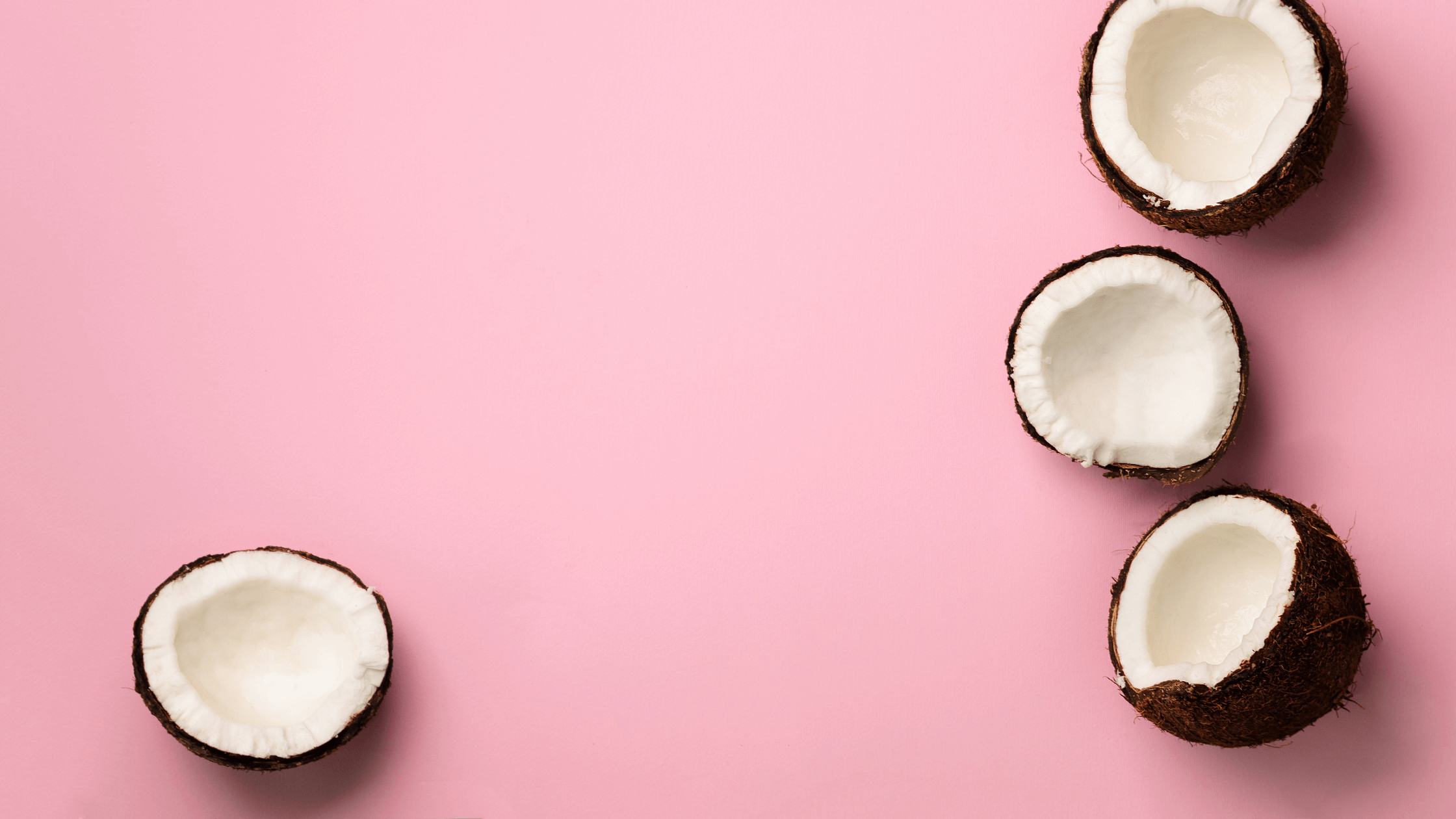Have you ever strolled through the aisles of your local grocery store and seen a bottle of pink coconut water? You might assume that they’ve added juice or that perhaps the water has gone bad, but it’s actually a natrual phenomena.
Delve into the captivating mystery of why coconut water, known for its refreshing clarity and subtle sweetness, sometimes takes on a charming pink hue. Beyond its aesthetic appeal, the pink discoloration of coconut water holds significant implications, ranging from its natural processes and factors influencing its occurrence to its cultural significance and commercial implications. So, let’s embark on a journey to uncover the secrets behind this delightful transformation and gain a deeper understanding of the enigmatic pink coconut water phenomenon.
The Natural Process of Pink Coconut Water
Within the confines of a coconut lies a fascinating world of chemical reactions and biological processes, each playing a role in the transformation of its contents. Understanding the natural processes that occur within a coconut is crucial to understanding why it turns pink.
At the heart of this phenomenon lies an enzymatic process, orchestrated by a key player known as polyphenol oxidase (PPO). This enzyme, abundantly present in coconut water, catalyzes the oxidation of phenolic compounds – naturally occurring chemicals found in various plant tissues, including coconuts.
As the coconut matures and undergoes physiological changes, phenolic compounds are released from the coconut’s tissues into the water. When these phenolic compounds come into contact with PPO, a cascade of chemical reactions ensues, resulting in the formation of pigmented compounds. It is this interaction between polyphenol oxidase and phenolic compounds that gives rise to the mesmerizing pink coloration observed in coconut water.
In a nutshell, the natural process behind coconut water turning pink is a testament to the intricate interplay between enzymatic activity and the chemical constituents inherent to the coconut itself.
3 Factors Influencing Pink Coloration
The occurrence of pink coloration in coconut water is not solely dependent on internal enzymatic processes; external environmental factors also play a significant role in influencing this phenomenon. Let’s explore the various factors that can influence the appearance of pink coconut water:
- Environmental Factors: Temperature, light exposure, and coconut maturity are crucial environmental factors that can affect the occurrence of pink coloration. Higher temperatures and prolonged exposure to light can accelerate enzymatic reactions, leading to increased production of pigmented compounds. Additionally, as coconuts mature, there may be changes in the composition of phenolic compounds, further influencing the likelihood of pink discoloration.
- Storage Conditions: The conditions in which coconuts and coconut water are stored can also impact the occurrence of pink coloration. Exposure to air, heat, and light during storage can exacerbate enzymatic browning reactions, leading to a more pronounced pink hue. Proper storage practices, such as refrigeration and minimizing exposure to light and air, can help mitigate the risk of pink discoloration.
- Processing Methods: The methods used to process and package coconut water can also affect its susceptibility to turning pink. Certain processing techniques, such as pasteurization or high-pressure processing, may deactivate enzymes like polyphenol oxidase, reducing the likelihood of enzymatic browning. However, improper handling or prolonged storage post-processing can still result in pink discoloration.
A combination of internal enzymatic processes and external environmental factors determines the likelihood of coconut water turning pink. By understanding and carefully managing these factors, producers can minimize the occurrence of pink discoloration, ensuring that consumers can enjoy the refreshing clarity of coconut water without any unexpected surprises.
Is Pink Coconut Water Safe to Drink?
When encountering pink coconut water, it’s natural to have questions and concerns about its safety for consumption. It’s important to clarify that pink coloration in coconut water does not necessarily signal spoilage or contamination. Unlike in other fruits and vegetables where browning indicates deterioration, the enzymatic browning process in coconut water is primarily cosmetic and does not render the water unsafe to drink. However, if the coconut water exhibits other signs of spoilage such as off-putting odors, unusual textures, or mold growth, it should be discarded.
Tips For Identifying Safe-to-Drink Pink Coconut Water

Consumers can take certain measures to ensure that pink coconut water is safe for consumption.
- Firstly, they should check for any signs of spoilage or contamination beyond just coloration, as mentioned earlier.
- Additionally, purchasing coconut water from reputable brands or sources that adhere to proper processing and storage practices can provide assurance of safety.
- Lastly, consumers can also consider opting for pasteurized or high-pressure processed coconut water, which may have a reduced risk of enzymatic browning and microbial contamination.
While the sight of pink coconut water may initially raise concerns, it is generally safe to drink and does not necessarily indicate spoilage or contamination. By understanding the natural processes behind pink discoloration and being mindful of proper storage and handling practices, consumers can confidently enjoy the refreshing goodness of pink coconut water.
Recommended Reading:
